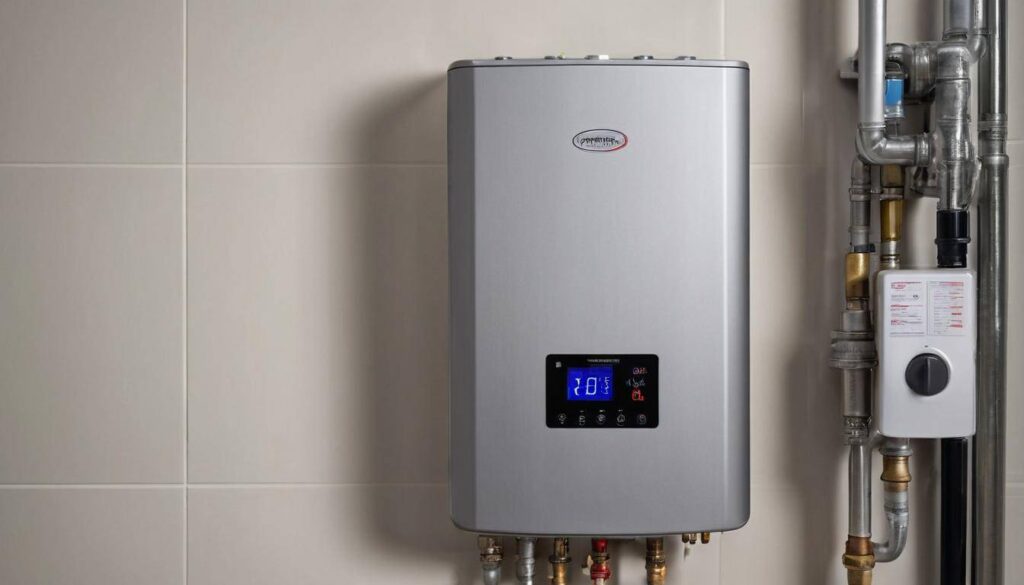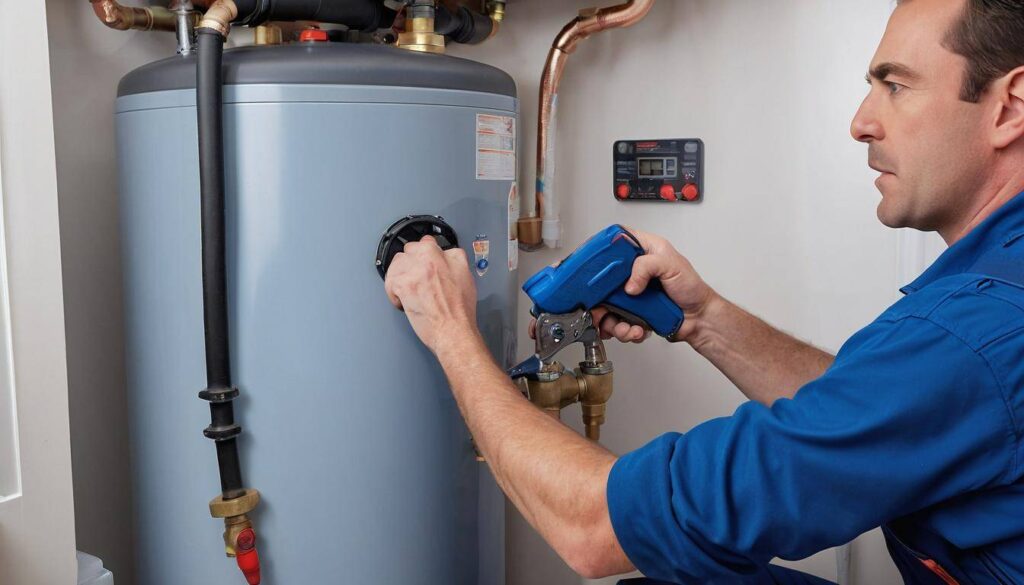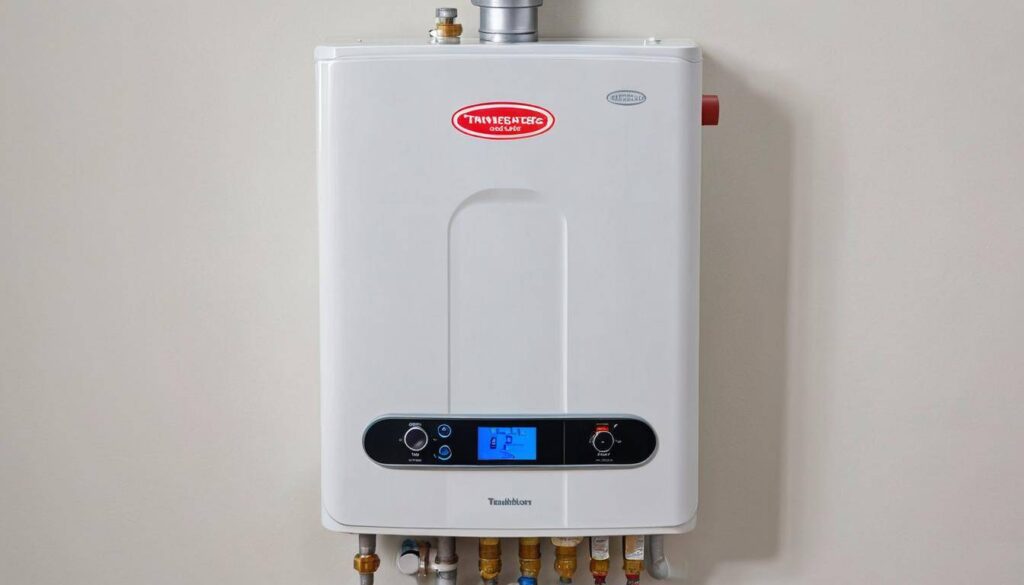Winter Home Maintenance: How to Prevent Burst Pipes and Plumbing Disasters
Proper insulation is your strongest ally against winter plumbing disasters. Keeping your pipes warm using methods such as foam sleeves or heat tape reduces the risk of sudden freezes and subsequent bursts. Even areas like attics, basements, and crawl spaces, seemingly unconnected, play a vital role in maintaining a conducive environment for your pipes if insulated properly. Unexpectedly, many of these steps are dandy do-it-yourself projects that require no professional intervention! So, let’s put on those work gloves.
To prevent burst pipes in winter, you can insulate vulnerable pipes with foam sleeves or heat tape, keep the thermostat at a consistent temperature, and let faucets drip during extremely cold weather to relieve pressure. Additionally, sealing any cracks or gaps in your home’s exterior can help keep cold air out and prevent pipes from freezing.
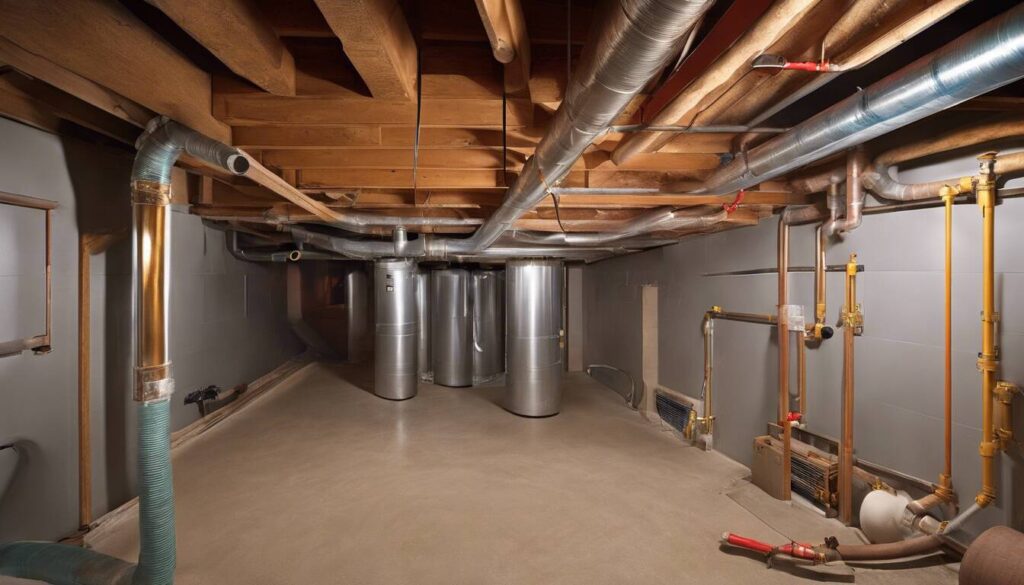
Winterizing Plumbing: Insulation Basics
Winter can be harsh on your home’s plumbing, with the risk of pipes freezing and bursting if not properly insulated. Proper insulation is crucial for preventing costly and damaging plumbing disasters during the colder months. When temperatures drop below freezing, water within unprotected pipes can expand and lead to cracks or ruptures, causing significant damage to your property.
To safeguard your plumbing system, focus on insulating vulnerable areas such as exposed pipes. Adding foam sleeves to the external surfaces of pipes or using heat tape to wrap them can provide an extra layer of protection. This helps retain heat within the pipes and prevents them from freezing. As a result, investing in these insulation measures can go a long way in safeguarding your home from the hazards of frozen and burst pipes.
Imagine a scenario where cold weather sets in, and your home’s exterior pipe is exposed to freezing temperatures without any form of insulation. The water inside begins to freeze and expands, causing the pipe to burst. This leads to water leakage, flooding, and potential damage to your property that could have been avoided with proper insulation.
In addition to insulating your pipes directly, it’s also important to address other areas of your home that may be susceptible to cold temperatures. Insulating attics, basements, and crawl spaces can help maintain warmer temperatures in these areas, reducing the risk of frozen pipes. By ensuring that these spaces are adequately insulated, you are creating a protective barrier against extreme temperature fluctuations that could affect your plumbing.
Understanding the importance of comprehensive insulation measures for your plumbing system gives you a clearer picture of how essential it is for protecting your home during winter.
Now that we’ve covered the basics of winterizing your plumbing, let’s move on to proactive steps you can take to prevent burst pipes and avoid plumbing disasters.
Steps to Prevent Burst Pipes
When temperatures plummet, it’s essential to take extra precautions to keep your home’s plumbing in working order. Here are some actionable steps to stave off the threat of frozen and bursting pipes.
Keep Interior Temperature Consistent
One of the most effective ways to prevent burst pipes in winter is by maintaining a consistent interior temperature in your home, especially during frigid nights. It’s crucial to never set the thermostat lower than 55°F (13°C) even when the house is unoccupied. While it may seem tempting to cut down on heating costs while away, it’s important to balance those savings with the potential expense and headache of dealing with burst pipes. By keeping a stable interior temperature, you’re providing a protective buffer against freezing conditions for your plumbing system.
Allow Faucets to Drip
Another valuable tactic is allowing faucets to drip slowly during extremely cold weather. This might seem counterintuitive when wanting to conserve water, but this small stream of water can relieve pressure in the pipes, reducing the risk of them freezing. Pay close attention to faucets connected to pipes located along exterior walls or in unheated areas. These are particularly vulnerable spots and allowing them to drip can mitigate the chances of frozen and bursting pipes.
Think of it as giving your pipes a little room to breathe. A slow drip can make all the difference between a peaceful night’s sleep and an emergency call to a plumber in the early hours.
By incorporating these preventative measures into your winter routine, you’ll significantly reduce the likelihood of experiencing a plumbing disaster during cold snaps. It’s all about safeguarding your home against potential damage and ensuring that you can enjoy a worry-free winter season. As we’ve seen how crucial it is to protect our homes from plumbing disasters in winter, now let’s shift our focus towards the proactive strategies for Keeping Drains and Valves Clear.
Keeping Drains and Valves Clear
When it comes to preventing plumbing disasters in winter, maintaining clear drains and valves is crucial. With freezing temperatures on the horizon, any residual water in your drain pipes can expand and cause blockages, leading to potential bursts. Similarly, outdoor water valves need special attention; if they’re not properly drained before winter sets in, residual water trapped inside can freeze and cause the pipes to crack.
One effective way to keep your drains clear is by flushing them regularly with a mixture of hot water and vinegar. This household remedy not only helps dissolve any small blockages but also keeps your pipes free from built-up debris and grease. It’s an easy, inexpensive preventive measure that can save you from major plumbing issues down the line.
Furthermore, shut off all outdoor water valves and drain any remaining water from them before the cold weather arrives. This simple step can spare you from the headaches of dealing with burst pipes and extensive repairs during the winter months. Our website offers detailed guides on how to effectively clear drains and valves to avoid plumbing issues in winter.
Remember, a little effort now can go a long way in safeguarding your home from costly plumbing disasters later on.
By being proactive about cleaning your drains and securing your valves before the winter season hits, you can prevent unwanted blockages and damage – ultimately ensuring a safe and functioning plumbing system through the colder months.
As we’ve discussed proactive measures for keeping your home’s plumbing system in top shape, now let’s move on to explore additional insulation measures that can further protect your pipes from the harsh winter conditions.
Additional Insulation Measures
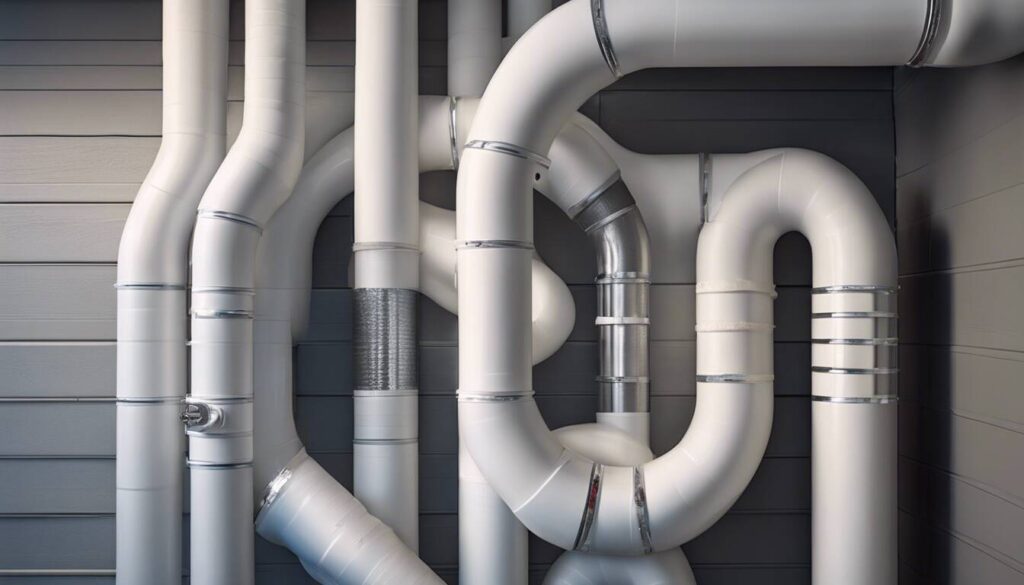
When winter sets in, it’s not just the pipes that need protection; other parts of your home can also be at risk from freezing temperatures. Outdoor spigots, crawl spaces, and basement windows are susceptible areas that need special attention.
Let’s focus on outdoor spigots first. As the most exposed point for water supply to your house, outdoor faucets are particularly vulnerable to freezing. To shield them from subzero temperatures, consider using insulated covers designed specifically for outdoor faucets. These covers act as a protective barrier, preventing the cold air from reaching the faucet and potentially causing the water inside to freeze, expand, and burst the pipe.
Crawl spaces and basement windows are other trouble spots when it comes to insulation. These areas often lack sufficient protection from the cold, making them potential weak links in your home’s defense against freezing temperatures. By insulating these areas, you can help maintain a more stable temperature within your home, reducing the risk of frozen or burst pipes while also helping to improve overall energy efficiency.
While it might not seem like much, taking care of these smaller details can make all the difference. After all, preventative maintenance is always less costly than dealing with the aftermath of a major plumbing disaster.
For instance, a burst pipe can cause thousands of dollars in damage—repairs not only to the plumbing but also to any flooring, walls, and possessions that may have been affected. By investing a little time and effort into additional insulation measures now, you could save yourself a lot of hassle and expense down the road.
So, as you can see, ensuring that outdoor spigots, crawl spaces, and basement windows are adequately insulated is an essential part of protecting your home from winter-related plumbing disasters.
Now that we’ve fortified our home against potential winter plumbing disasters let’s delve into how to handle one specific disaster: a burst pipe.
Emergency Steps: Dealing with a Burst Pipe in Calgary, Alberta
Discovering a burst pipe in your home can be frightening, but staying calm and acting quickly is crucial to minimizing the damage. The first thing you should do is turn off the water supply to the affected area. This will help stop the flow of water and prevent further flooding.
Draining and Contacting a Professional
It’s a good idea to open faucets in the affected area to drain any remaining water in the pipes. Releasing any built-up pressure can help lessen the severity of the leak. Additionally, having the contact information of a professional plumber on hand is crucial at this point. A reputable local plumbing company will be able to respond promptly and efficiently, helping to resolve the issue before it leads to further damage.
Imagine coming home to find water gushing from a burst pipe. You’re panicking, unsure what to do next. It’s moments like these where having a clear plan of action can save you from a lot of distress.
After taking these immediate steps, it’s time to wait for the professional plumber to arrive. While you might be anxious about the situation, having someone who knows exactly what to do is incredibly reassuring. They will assess the situation, repair the burst pipe, and inspect for any further damage that may need attention.
Acting swiftly can make all the difference when dealing with a burst pipe. Waiting too long can cause additional structural damage and lead to costly repairs. So, being prepared and knowing what steps to take can help you stay calm and handle the situation effectively.
When facing challenges like these, having a robust safeguard in place for your home becomes even more essential—let’s now delve into comprehensive strategies for protecting your home against winter woes.
Overall Home Protection Against Winter Woes
Winter can be a beautiful time of year, but it also brings the potential for significant damage to your home. As the cold weather sets in, it’s crucial to take steps to safeguard your entire property from the range of issues that can arise during this season.
Here are some essential tips for overall home protection during the winter months.
Sealing Gaps and Cracks
Gaps and cracks in windows and doors might seem small, but they can allow a surprising amount of cold air to infiltrate. This makes your heating system work harder, leading to increased energy bills and unnecessary strain on your heating system.
It’s important to be thorough when checking for gaps and cracks. Even tiny openings can add up to a considerable loss of heat over time. Using weather stripping or caulking to seal these areas can make a big difference in keeping your home warm and cozy throughout the winter.
Proper Attic Insulation
The attic is often overlooked when it comes to home insulation, but it’s a critical area in preventing heat from escaping and causing ice dams on the roof.
Ice dams form when warm air rises from the living spaces below into the attic, melting the snow on the roof, which then refreezes at the colder roof edges. This creates a barrier that prevents additional melting snow from properly draining off the roof, potentially leading to leaks and water damage inside your home.
By ensuring sufficient insulation in the attic and sealing any gaps or holes, you can prevent this heat transfer and reduce the risk of ice dam formation. Adequate insulation also contributes to lower energy bills, making it a valuable investment for both the short and long term.
Clearing Gutters to Prevent Ice Dams
Clogged gutters present a significant risk during winter as they can lead to ice dams, which we’ve already mentioned are a threat to your home’s structure. Regularly clearing leaves, debris, and other blockages from gutters is essential in maintaining proper water flow and preventing ice build-up. Using gutter guards can be an effective solution for reducing debris build-up and minimizing the need for frequent maintenance. A clear gutter system not only protects against ice dams but also helps direct water away from your home’s foundation—a crucial defense against water damage.
Our website features a comprehensive winter home protection guide to help homeowners prepare for the cold season.
Safeguarding your entire home from winter-related issues may require some effort, but taking these proactive measures will help keep your household safe, comfortable, and protected against potential damages associated with colder weather.
By being proactive with your winter home maintenance, you can prevent costly repairs and maintain a warm, cozy environment throughout the season. Remember, preparation is key—so start safeguarding your home today. If you need expert assistance or advice, don’t hesitate to contact us for guidance.

